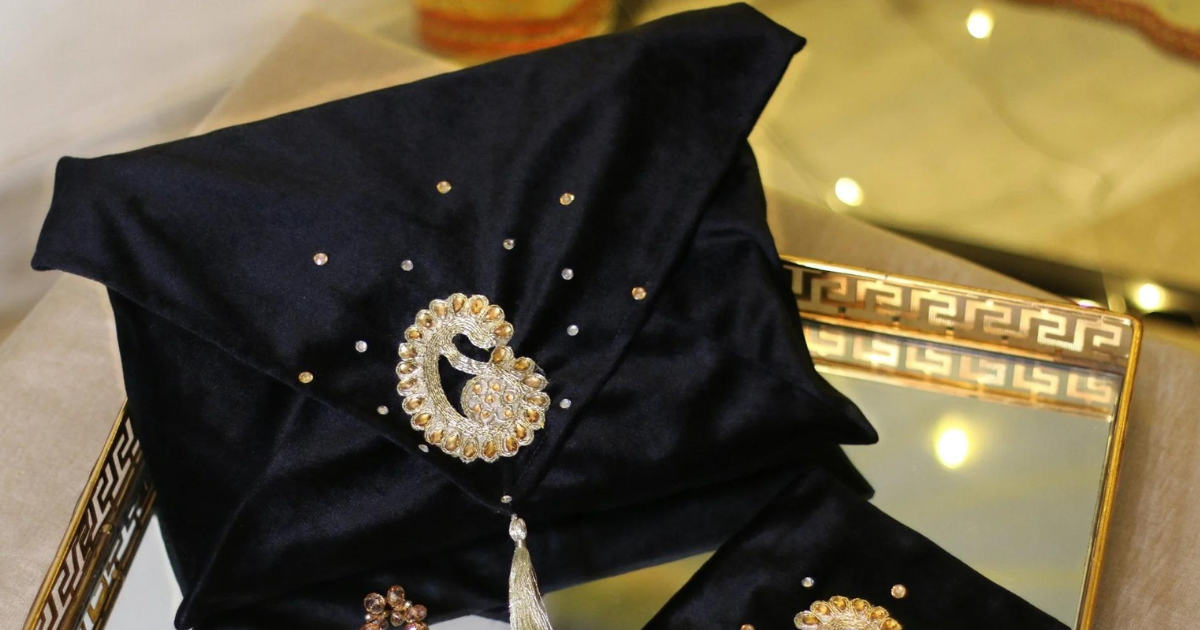The cover of the Quran is more than just a protective layer; it is a reflection of the sacredness of the text and the long history of Islamic art. This article explores the development of Quran covers over time, their design elements and symbolism, and the regional variations that make each cover unique.
The Development of Quran Covers Over Time
The history of Quran covers is as ancient as the Quran itself. Early covers were simple, made from materials such as leather, to protect the sacred text. As Islamic civilization grew, the covers became more elaborate, incorporating precious materials like gold, silver, and gemstones. These enhancements reflected the high esteem in which the Quran was held and the growing sophistication of Islamic art.
Symbolism and Design Elements
The design of Quran covers is rich with symbolism and meaning, and each element is carefully chosen to convey specific messages. Common features include calligraphy, geometric patterns, floral motifs, and sometimes architectural elements such as mosques and minarets.
Calligraphy
Calligraphy is perhaps the most indispensable component of Quran covers. In Islamic culture, the art of beautiful writing, or khatt, is highly valued. Quran covers often feature calligraphic inscriptions that may include parts of the actual Quran, the title of a sura (chapter), or expressions such as “Bismillah” (In the name of God). The style of calligraphy can vary, from the angular Kufic script to the more flowing Naskh script, each adding a unique aesthetic quality to the cover.
Geometric Patterns
Geometric patterns are another hallmark of Islamic art and are frequently seen on Quran covers. These patterns, consisting of repeating shapes and intricate designs, symbolize the infinite nature of God and the orderly structure of the universe. The precision and complexity of these patterns also reflect the meticulous nature of Islamic art and the devotion of the artist.
Floral and Arabesque Motifs
Floral and arabesque motifs represent the beauty and generosity of creation. Stylized creepers, flowers, and leaves are often part of these designs, arranged harmoniously. The continuous, intertwined lines of arabesques emphasize the interconnectedness of all things and eternity, central themes in Islamic spirituality.
Architectural Elements
Some Quran covers, especially those from later periods, depict architectural elements such as mosques, arches, domes, and minarets. These elements remind the worshiper of the importance of the mosque as a place of worship and community, as well as the splendor of Islamic architecture.
Variation by Region
The appearance of Quran covers can vary greatly from place to place and time to time. The artistic traditions and materials of various Islamic cultures have influenced the creation of Quran covers, resulting in a wide variety of styles.
Ottoman Quran Covers
The Ottoman Empire, which ruled much of the Muslim world from the 14th to the early 20th century, produced some of the most exquisite Quran covers. Ottoman covers often featured intricate gilt and embossed designs, with a particular emphasis on floral and geometric patterns. The use of leather, velvet, and silk, along with gold and silver thread, was common, reflecting the wealth and artistic sophistication of the empire.
Persian Quran Covers
Persian Quran covers are known for their elegance and attention to detail. Persian artists often used figural depictions, which are unusual in Islamic art due to the aniconic tradition. These covers might include delicate paintings of gardens, palaces, and courtly scenes, rendered in vibrant colors and fine brushwork. The Persian style also favored rich materials such as lacquered wood and ivory.
Indian Subcontinent Quran Covers
Quran covers in the Indian subcontinent often reflected the region’s rich textile traditions. Covers were often embroidered and decorated with pearls, gems, gold, and silver thread. The Mughal influence is evident in the use of floral motifs and intricate patterns, often incorporating elements of Persian and Central Asian designs.
Contemporary Quran Covers
In the modern era, the tradition of beautifully crafted Quran covers continues. Contemporary artists and craftsmen draw on the rich heritage of Islamic art while also incorporating modern materials and techniques. Today, Quran covers can be found in a variety of styles, from traditional hand-embroidered designs to sleek, minimalist covers made from high-quality leather or fabric.
Spiritual Significance
Beyond their aesthetic appeal, Quran covers hold deep spiritual significance for Muslims. The care and reverence shown in creating and handling the Quran cover reflect the respect and devotion owed to the sacred text itself. Covering the Quran is seen as a way to protect the divine words from physical harm and impurity, ensuring that the book remains in a state befitting its holy status.
The cover also serves as a constant reminder of the Quran’s central place in a Muslim’s life. By making the Quran beautiful on the outside, believers express their love and reverence for the divine message within. The cover thus becomes an integral part of the spiritual experience, enhancing the sense of connection to God and the holy text.
Conclusion
The cover of the Quran is much more than a protective casing; it is a canvas for artistic expression, a reflection of cultural heritage, and a symbol of spiritual devotion. From the earliest plain leather covers to the elaborate creations of the Ottoman, Persian, and Indian artisans, Quran covers have evolved into works of art that convey the beauty, complexity, and sanctity of the Islamic faith. As Muslims continue to cherish and honor the Quran, the tradition of creating beautiful and meaningful covers will undoubtedly endure, bridging the past with the present and the earthly with the divine.

